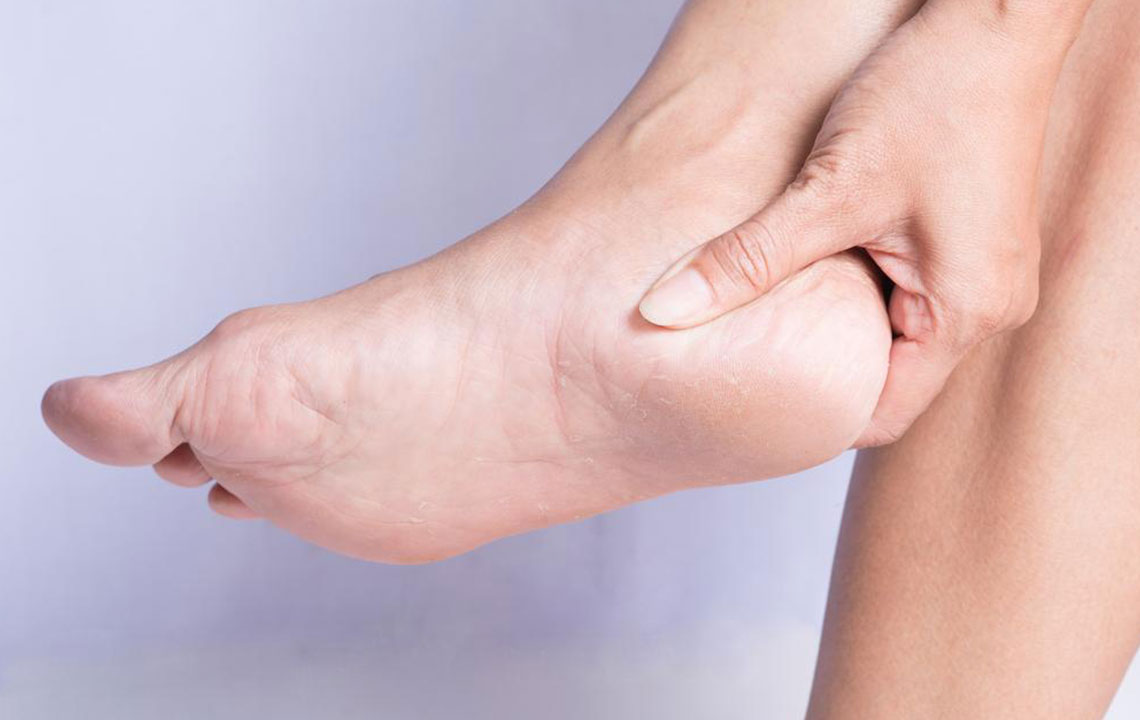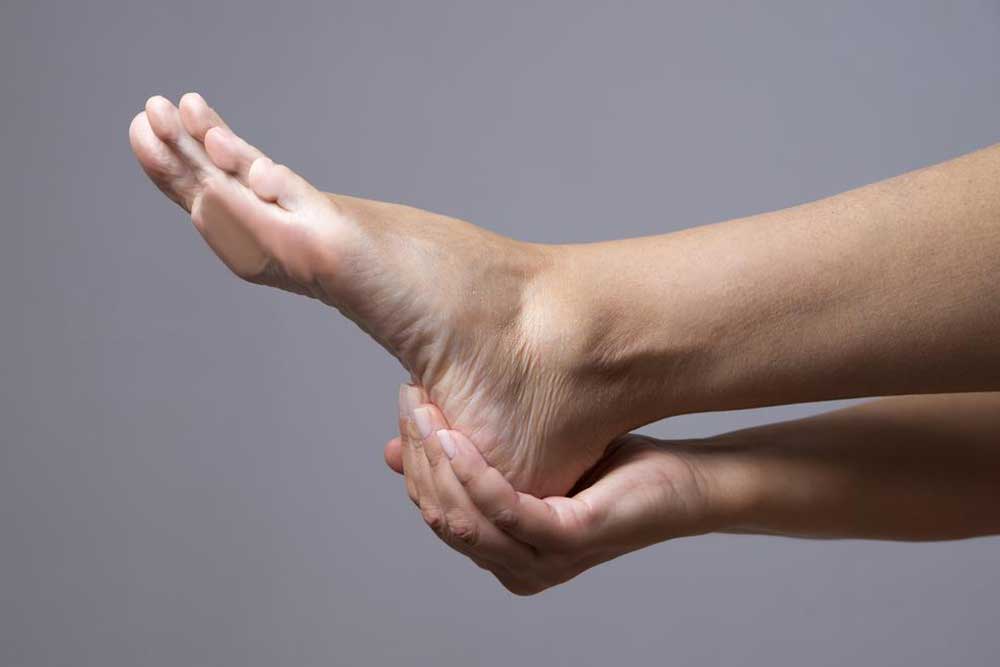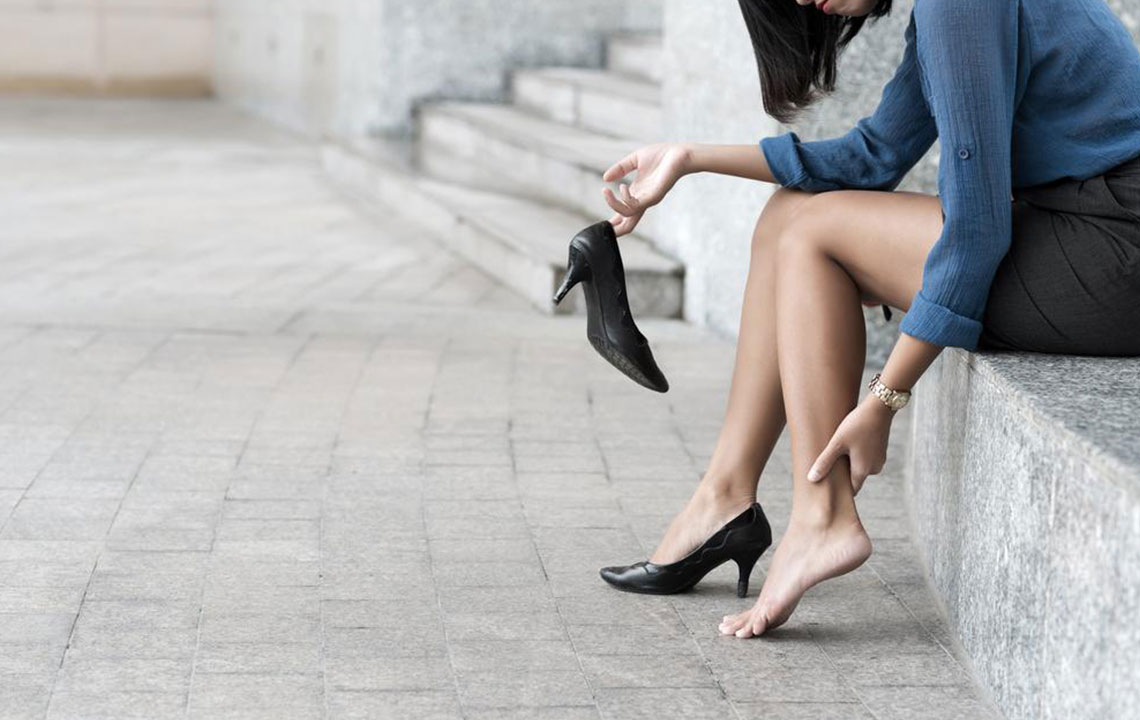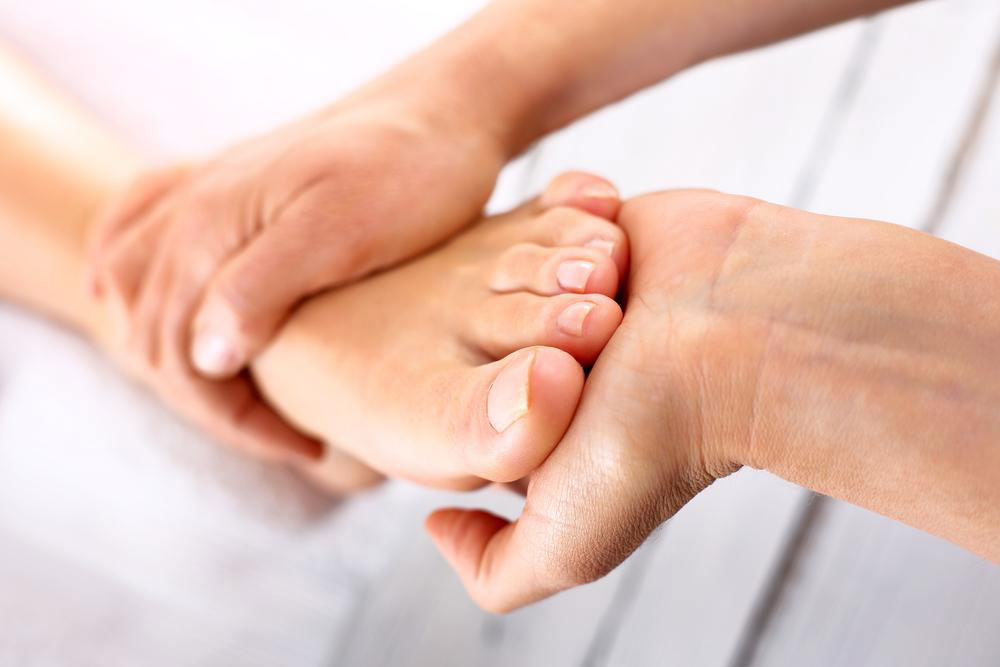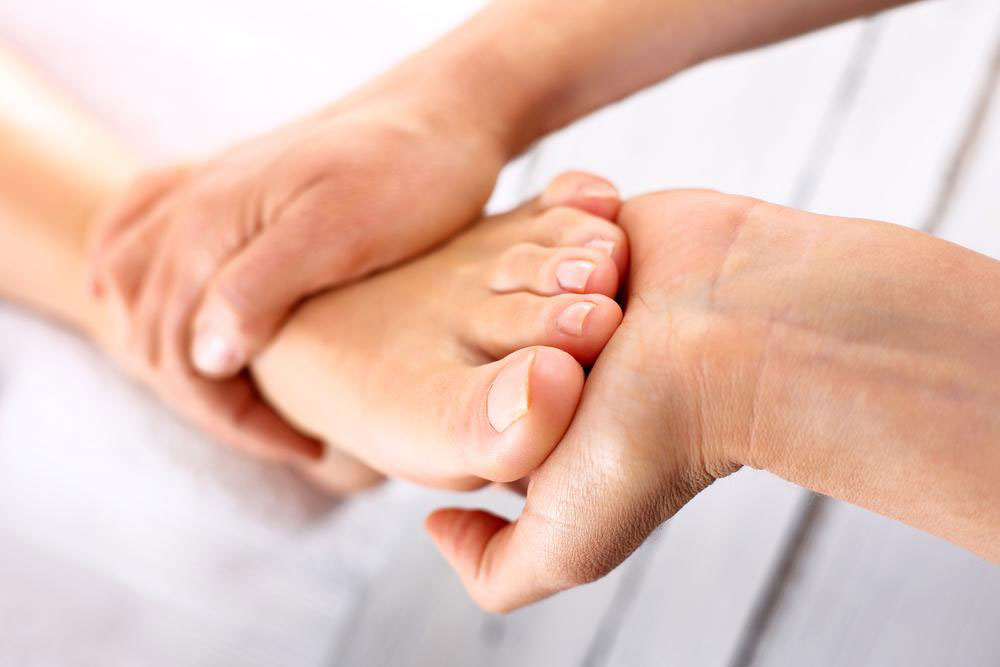Comprehensive Guide to Heel Pain Relief and Management Strategies
Explore this detailed guide on heel pain, its causes, types, and effective treatment options. Learn how conservative therapies like medications, physiotherapy, orthotics, and advanced procedures can help manage heel discomfort. Understand when to seek medical intervention to prevent chronic pain and ensure proper recovery. This comprehensive overview provides valuable insights for anyone experiencing heel pain and aims to promote effective relief strategies for all stages of heel discomfort.
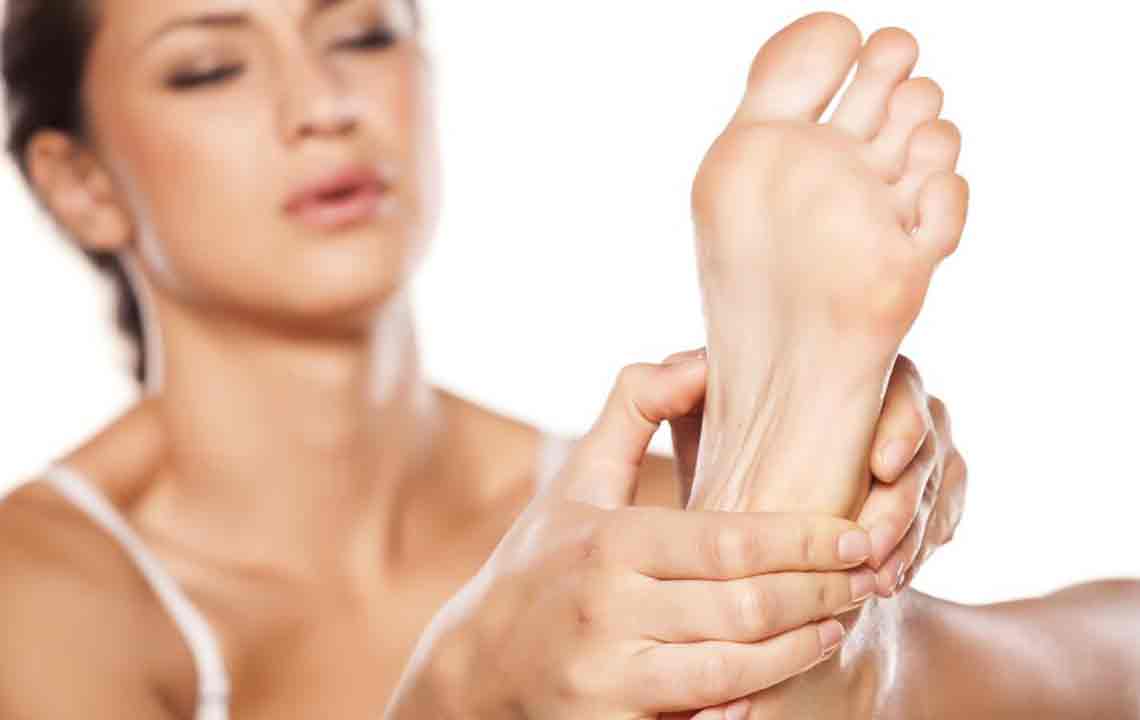
Comprehensive Guide to Heel Pain Relief and Management Strategies
Heel discomfort is a common concern affecting many individuals. It often presents as pain beneath or behind the heel, which can sometimes limit movement. While typically manageable with simple treatments, persistent heel pain may become chronic, requiring more advanced interventions.
Causes of Heel Discomfort
The heel bone, being the largest in the foot, bears the entire body's weight. During walking or running, it absorbs up to 1.25 to 2.75 times your body weight, making it vulnerable to injury and pain.
Heel pain often results from mechanical stress but can also stem from conditions like arthritis, nerve issues, or infections.
Varieties of Heel Discomfort
Various types of heel pain include:
Plantar Fasciitis: This is the most common cause, due to inflammation of tissue bands along the bottom of the foot from heel to toes.
Heel Bursitis: Characterized by inflammation at the back of the heel, often caused by hard or awkward landings or tight footwear.
Heel Bumps: Typically affecting teenagers, this occurs when incomplete bone development leads to irritation and growth of painful bumps, often due to tight shoes.
Heel Relief Treatments
Several options exist to alleviate heel pain, depending on the cause.
For Plantar Fasciitis
Most patients recover through conservative measures without surgery.
Anti-Inflammatory Medications: NSAIDs reduce pain and inflammation without steroids or causing drowsiness, providing effective relief.
Corticosteroid Injections: Applied topically or injected, these can reduce inflammation but should be used cautiously to avoid tissue weakening. Ultrasound guidance helps ensure accurate placement.
Physical Therapy: Therapists teach stretching and strengthening exercises to support the plantar fascia, Achilles tendon, and lower leg muscles, boosting heel and ankle stability. Taping techniques can also offer support.
Night Splints: Wearing a splint during sleep stretches the plantar fascia and Achilles tendon, easing heel discomfort overnight.
Orthotic Devices: Custom insoles or supports help correct foot faults and cushion the arch during recovery.
Extracorporeal Shock Wave Therapy: Focused sound waves promote healing, especially in persistent or severe cases resistant to conservative therapies.
Surgical Options: When other treatments fail, surgery may involve removing the Plantar Fascia. However, it carries risks such as weakening the foot's arch.
Heel Bursitis Relief
Management often includes cushioning footwear and rest, with steroid injections used for severe inflammation. Proper diagnosis is key.
Heel Bumps Treatment
Home remedies like ice, compression, and footwear adjustments can reduce symptoms. Severe cases might require surgical removal of bumps or cortisone injections.
For mild pain, rest, cushioned shoes, ice packs, and optional foot supports can be effective. Consulting a doctor ensures appropriate care.


